Germany : Strong Demand and Innovation Drive Growth
Germany holds a dominant position in the European activated carbon market, accounting for 450.0 million, representing approximately 30% of the total market share. Key growth drivers include stringent environmental regulations and a robust industrial base, particularly in water treatment and air purification sectors. The government has implemented initiatives to promote sustainable practices, enhancing demand for activated carbon products. Infrastructure investments in waste management and water treatment facilities further bolster market growth.
UK : Diverse Applications Fuel Market Expansion
The UK activated carbon market is valued at 300.0 million, capturing around 20% of the European market. Growth is driven by increasing air quality regulations and the rising need for water purification solutions. The demand for activated carbon in the automotive and pharmaceutical industries is also on the rise. Government policies aimed at reducing carbon emissions are further propelling market growth, alongside investments in green technologies and infrastructure.
France : Regulatory Support Enhances Demand
France's activated carbon market is valued at 250.0 million, representing about 17% of the European market. The growth is fueled by stringent EU regulations on air and water quality, driving demand in sectors like food and beverage, pharmaceuticals, and wastewater treatment. The French government is actively promoting sustainable practices, which is reflected in increased investments in activated carbon technologies and infrastructure development.
Russia : Industrial Needs Drive Market Growth
Russia's activated carbon market is valued at 200.0 million, accounting for approximately 13% of the European market. Key growth drivers include the need for air and water purification in industrial sectors, particularly in mining and oil extraction. However, regulatory challenges and economic fluctuations pose risks. The government is focusing on improving environmental standards, which is expected to boost demand for activated carbon solutions in the coming years.
Italy : Strong Industrial Base Supports Growth
Italy's activated carbon market is valued at 180.0 million, representing about 12% of the European market. The growth is driven by demand in sectors such as food processing, pharmaceuticals, and air treatment. Regulatory frameworks promoting environmental sustainability are enhancing market prospects. Additionally, Italy's strong industrial base and investments in green technologies are expected to further stimulate demand for activated carbon products.
Spain : Regulatory Changes Boost Demand
Spain's activated carbon market is valued at 150.0 million, capturing around 10% of the European market. The growth is driven by increasing regulatory pressures on air and water quality, particularly in urban areas. The Spanish government is implementing policies to enhance environmental protection, which is expected to drive demand for activated carbon in various sectors, including water treatment and industrial applications.
Rest of Europe : Varied Applications Across Regions
The Rest of Europe activated carbon market is valued at 380.0 million, accounting for about 25% of the total market. This diverse region includes various countries with unique demands, driven by local regulations and industrial needs. Key growth sectors include water treatment, air purification, and food processing. The competitive landscape features both local and international players, with a focus on innovation and sustainability to meet regional demands.


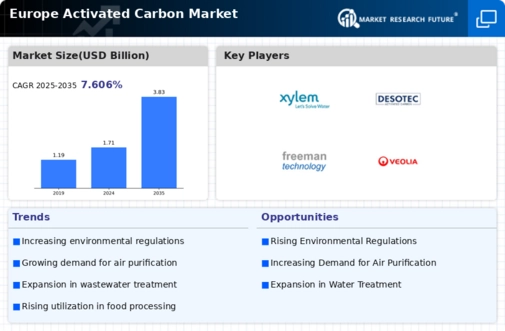
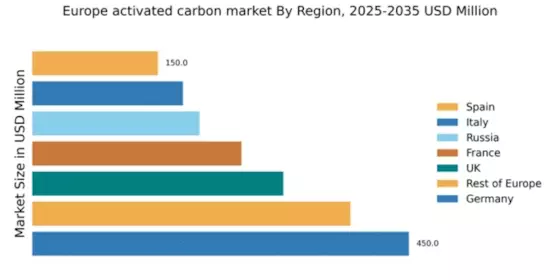

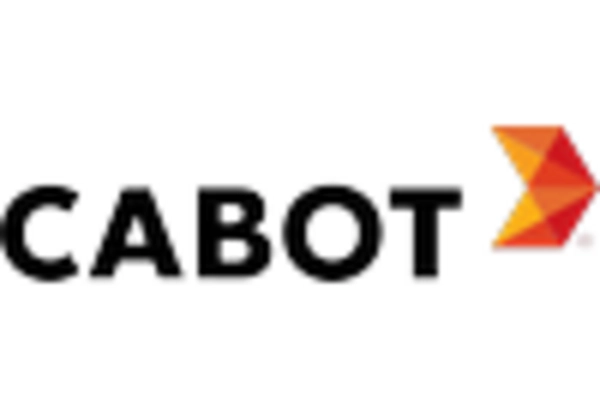
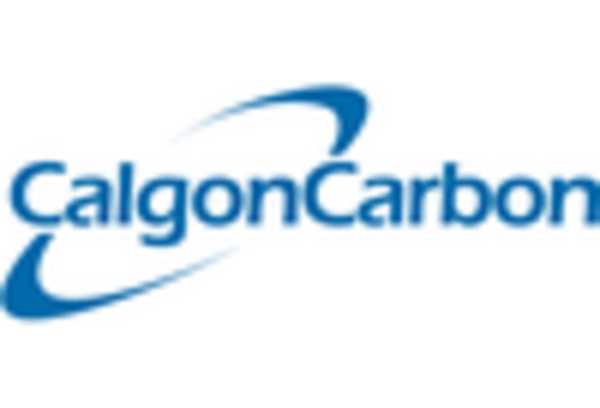
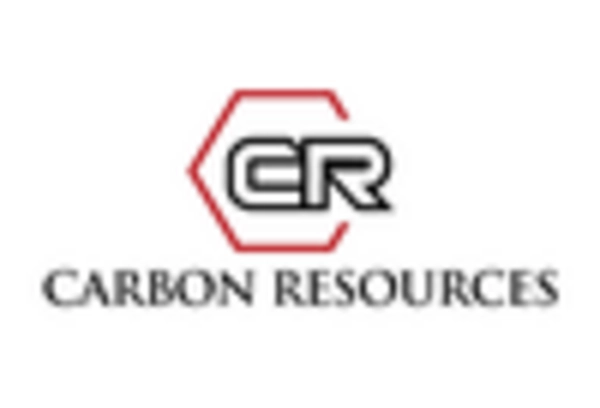










Leave a Comment